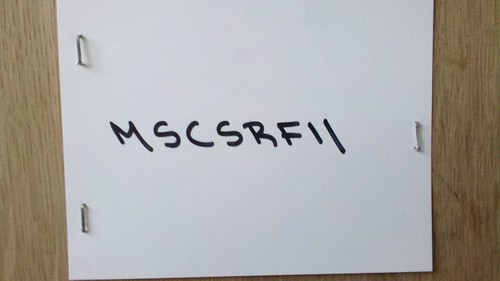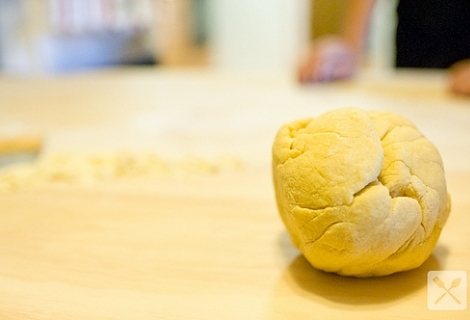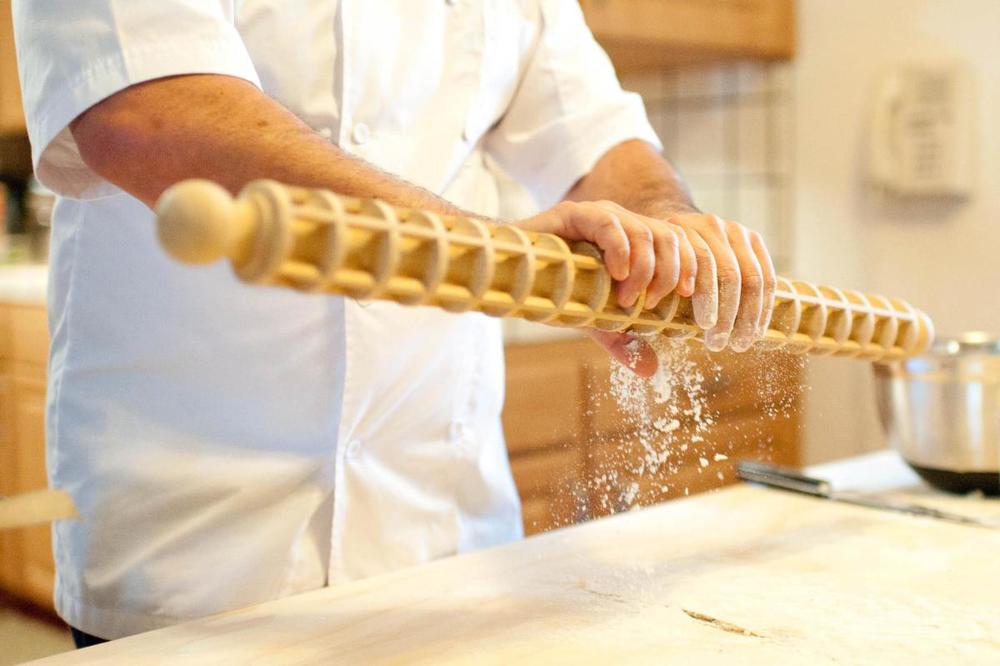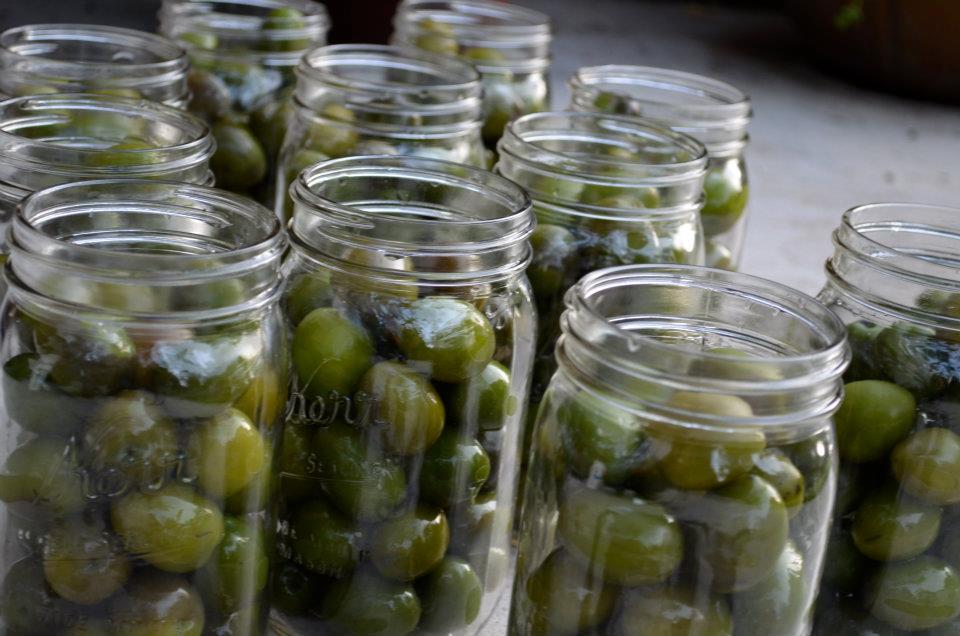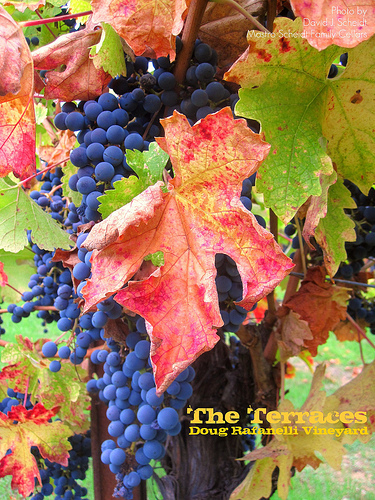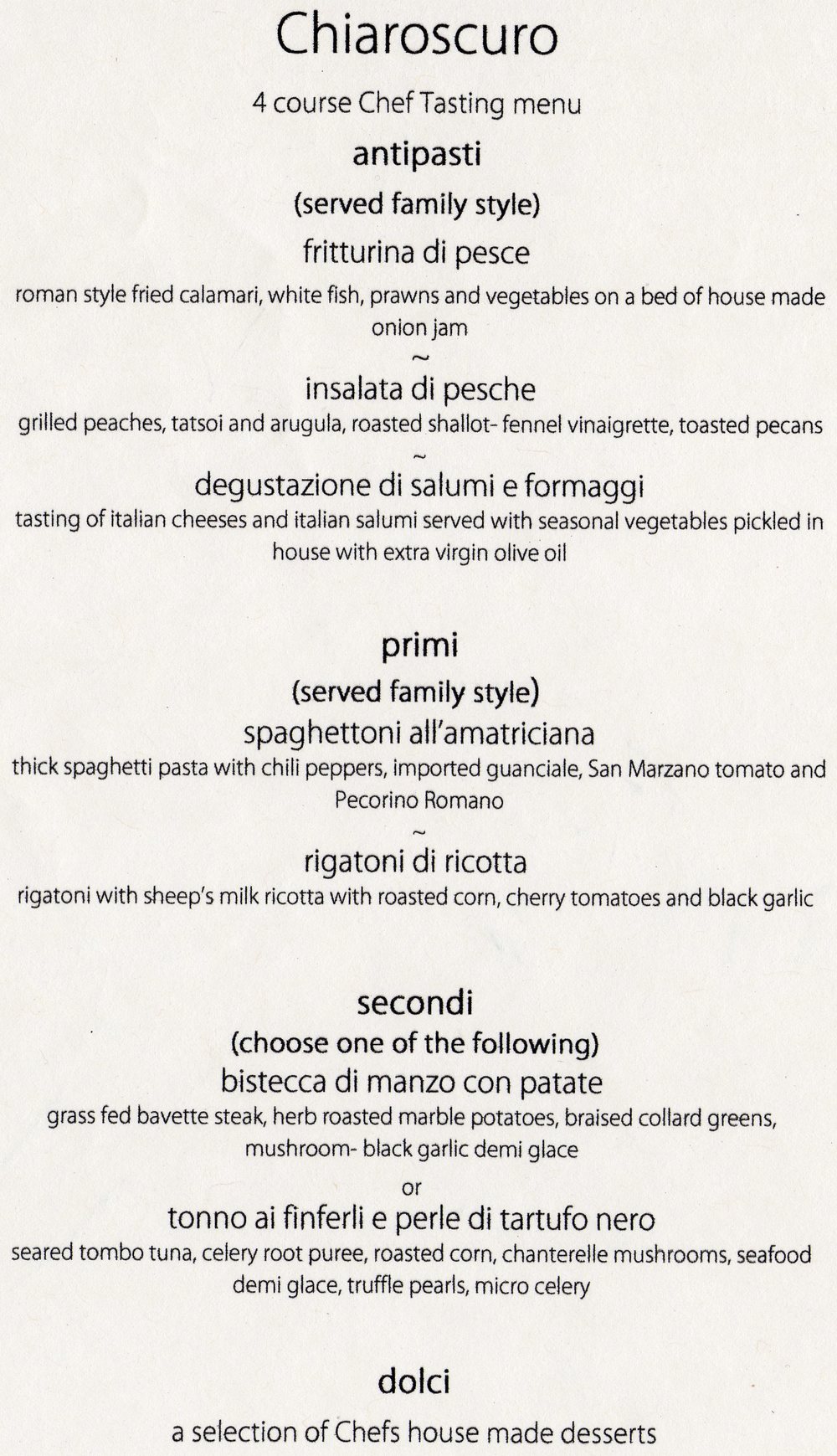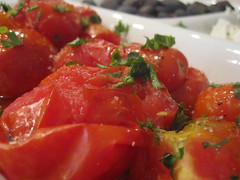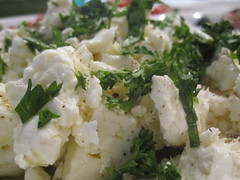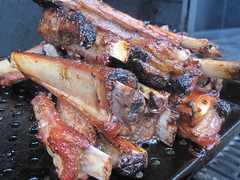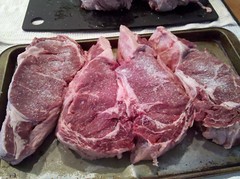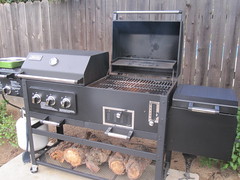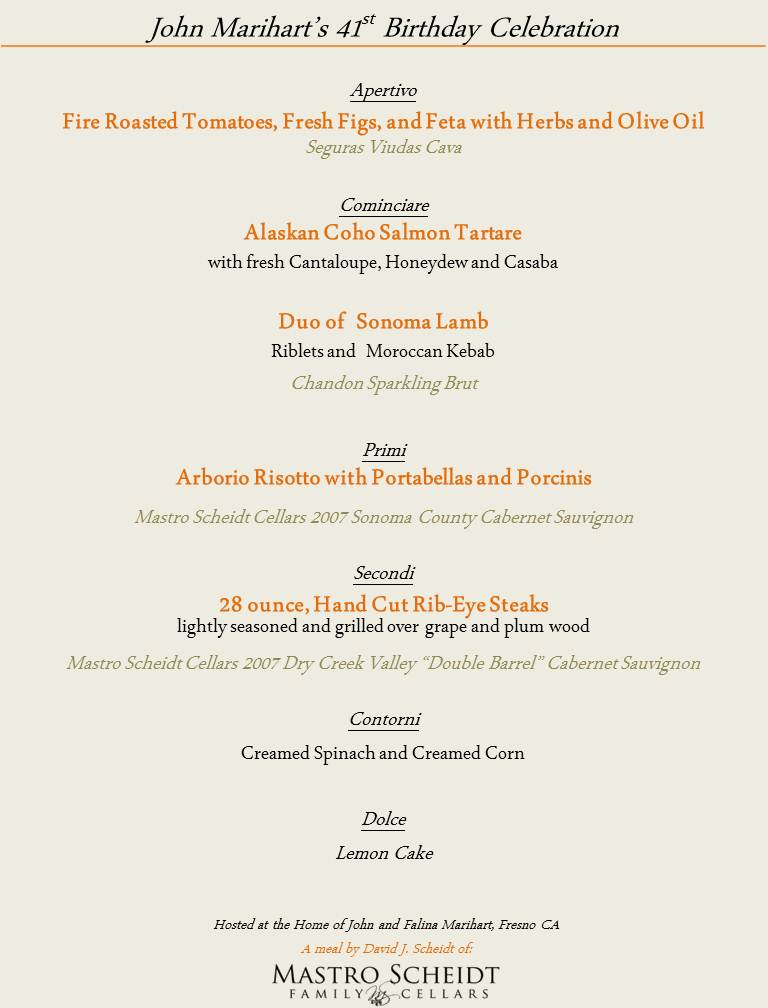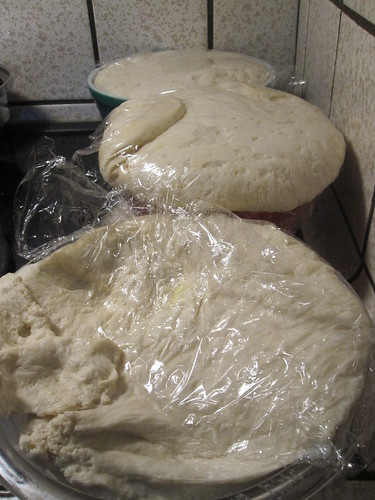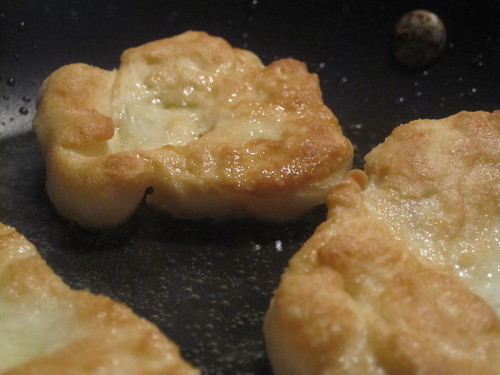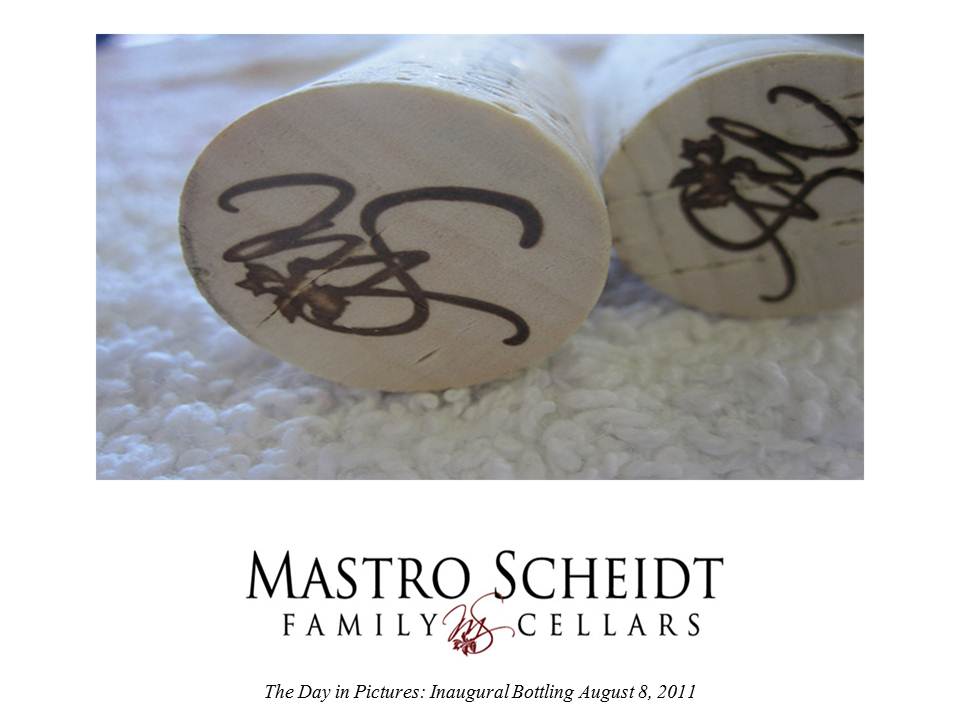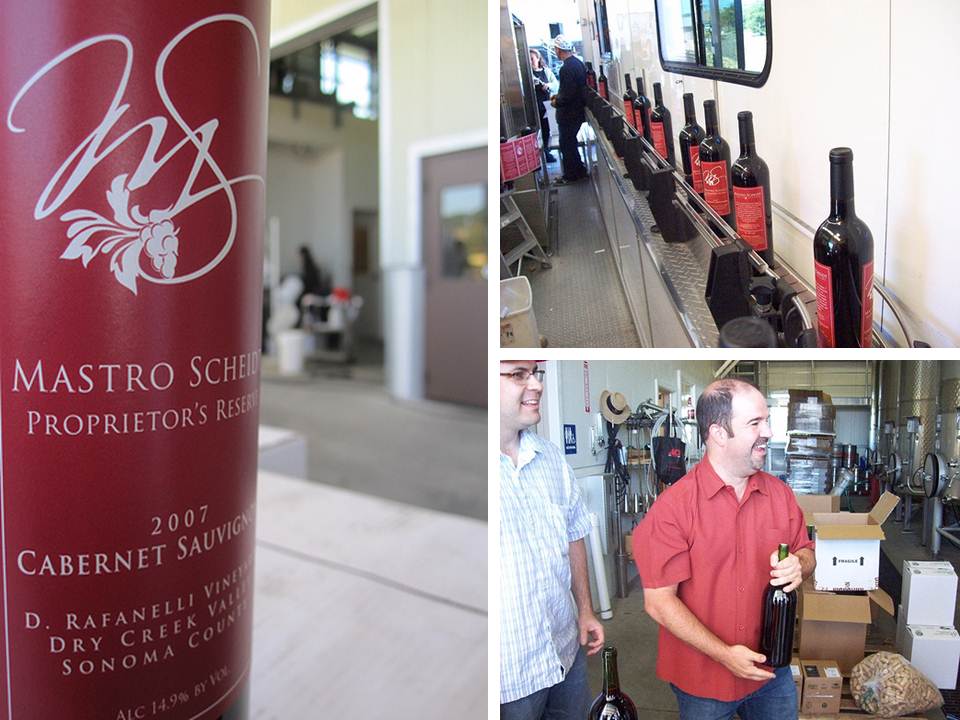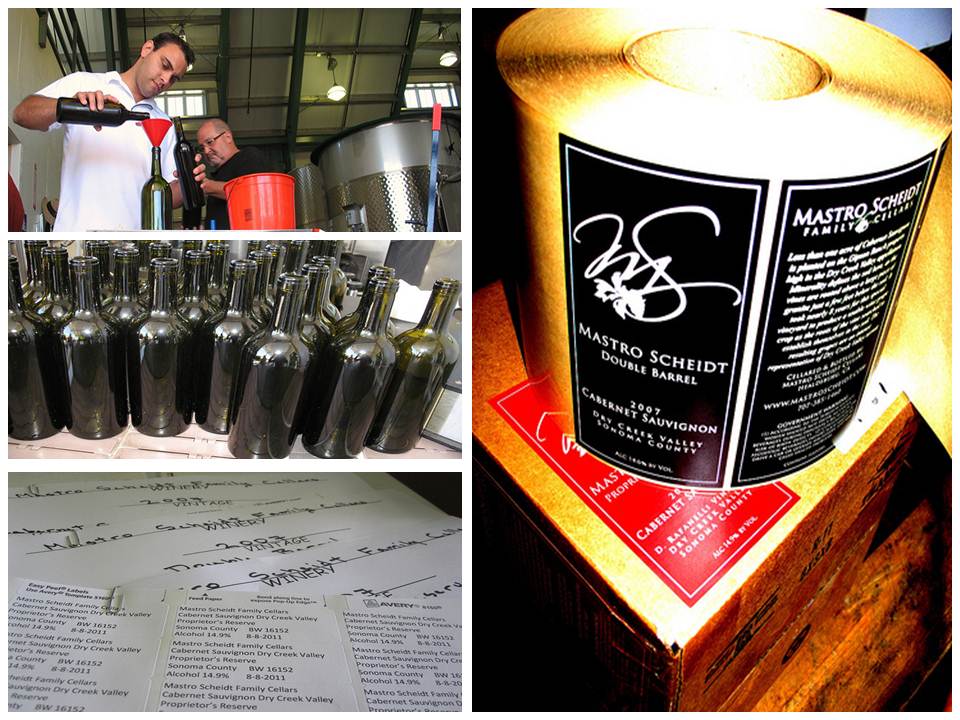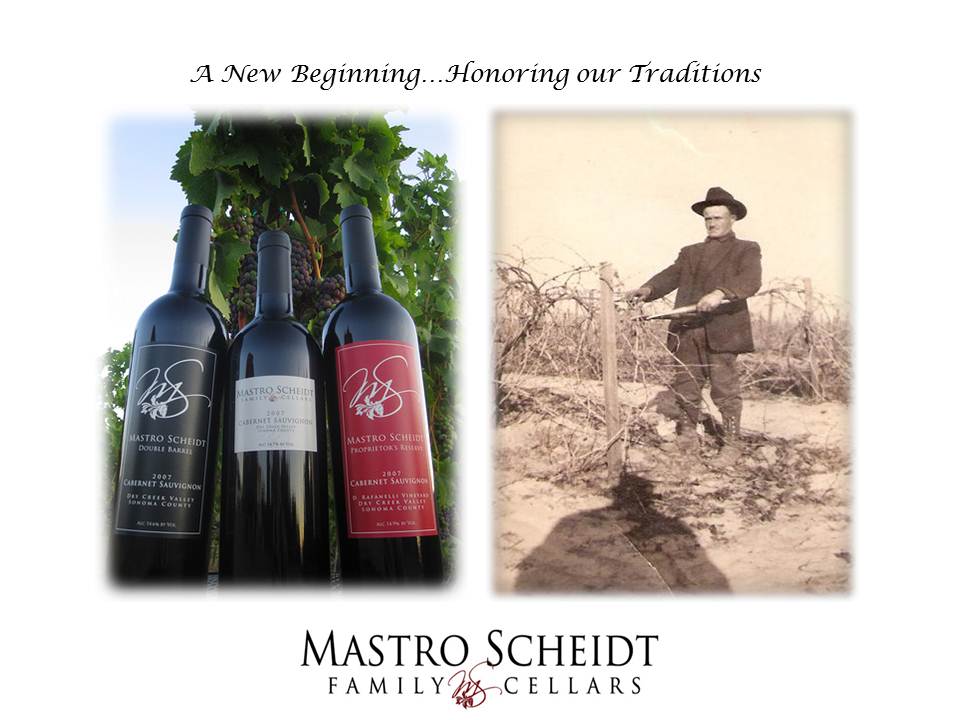Tadalli or Taralli or Italian Pretzels, whatever the name, they're difficult to make. A staple item from the region of Puglia but difficult to find homemade in California. The base for this "recipe" was one of the many index cards I've found in my Mom's recipe drawer.

I'm considering each of the recipes I'm featuring an ancient map to buried treasure. Not all maps are accurate, in fact, I think some maps were used to intentionally mislead the treasure hunter. Italian mothers and grandmothers held treasure in these ancient recipes, treasure that was protected by the map makers.
Below are my notes on the "map" that I found and the resulting treasure that I collected. If you like a cracker like consistency and you really, really like to roll a difficult dough, this recipe is for you.
5 cups of flour
2 tablespoons of salt
1 Cup of olive oil, perhaps a bit more
¾ cup of white wine
¼ cup of water
3 tablespoons of fennel seed
I found the dough to be more of a olive oil dough, rather than anything sticky or needing flour. Nothing resembling a pizza dough or bread dough
The dough was almost stringy, like string cheese unless I compressed it with my hands. It could be from the amount of oil I used
I might want to use a sweet wine instead of Chardonnay or add sugar to the dough
Boiling was without incident, with my only note being to more rapidly pull out the taralli as they rise to the top. The longer they stay in, the fatter they get with water and the less good looking they are.
Also, I tried various temperatures in the oven.
DO NOT put any oil in the sheet pan. It is un-necessary.
DO NOT oil the taralli prior to putting in the oven
Started the oven at 415F and wasn’t getting any “Sheen” on the taralli at all, almost a burnt flavor inside
Then moved it down to 370F on the top rack and they took at least 30 minutes, perhaps longer. Each oven will cook them differently. But this was the sweet spot.










